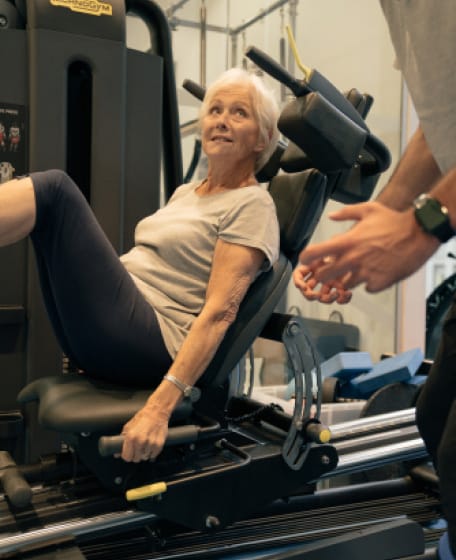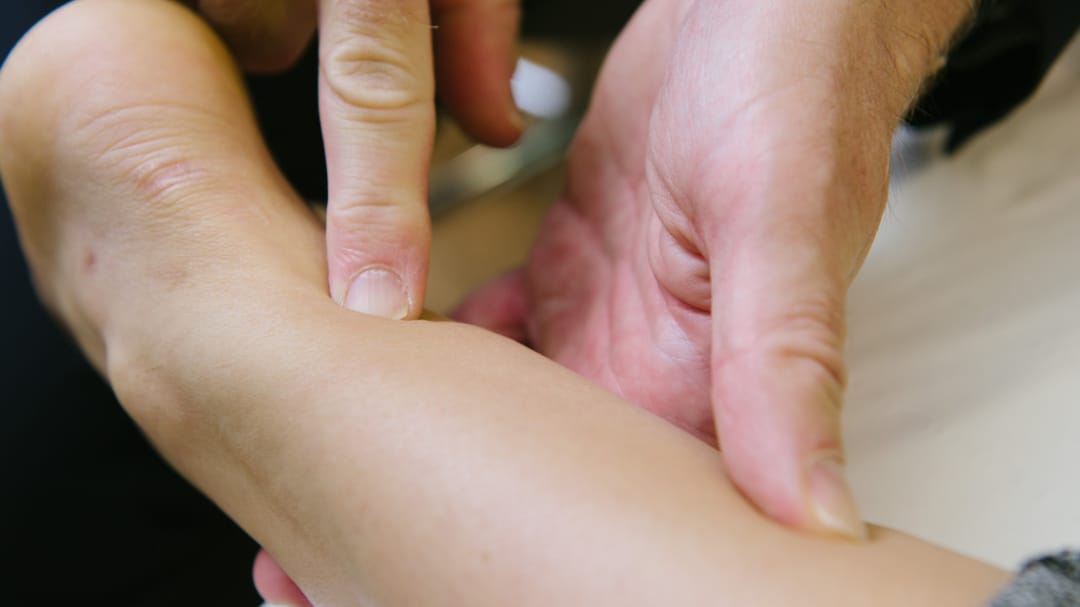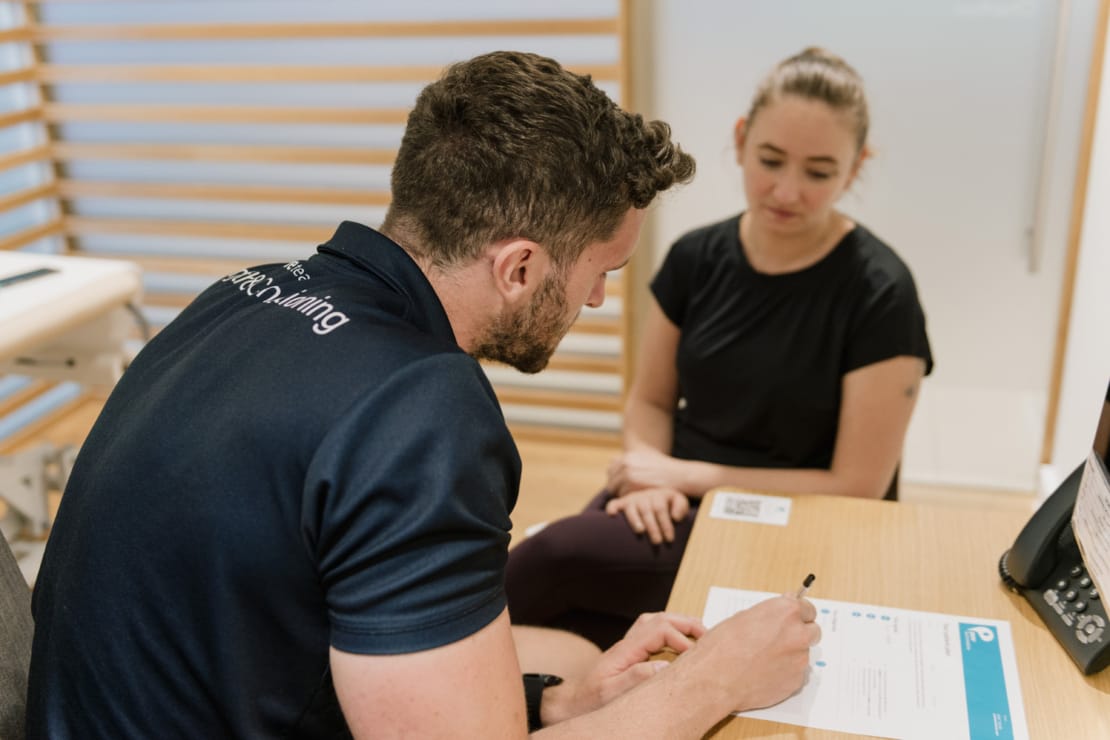Research: Patellofemoral Joint

Pure Sports Medicine
- 21 September, 2018
- knee pain
- Podiatry
- 2 min read
Research: Patellofemoral Joint
Neal, BS et al. Runners with patellofemoral pain have altered biomechanics that targeted interventions can modify: a systematic review & meta-analysis. Gait Posture. 2016: 45; 69-82.
Patellofemoral pain (PFP) is the most prevalent running pathology and associated with multi-level biomechanical factors. This systematic review aims to guide treatment and prevention of PFP by synthesising prospective, observational and intervention studies that measure clinical and biomechanical outcomes in symptomatic running populations. Medline, Web of Science and CINAHL were searched from inception to April 2015 for prospective, case-control or intervention studies in running-related PFP cohorts. Study methodological quality was scored by two independent raters using the modified Downs and Black or PEDro scales, with meta-analysis performed where appropriate. 28 studies were included. Very limited evidence indicates that increased peak hip adduction is a risk factor for PFP in female runners, supported by moderate evidence of a relationship between PFP and increased peak hip adduction, internal rotation and contralateral pelvic drop, as well as reduced peak hip flexion. Limited evidence was also identified that altered peak force and time to peak at foot level is a risk factor for PFP development. Limited evidence from intervention studies indicates that both running retraining and proximal strengthening exercise lead to favourable outcomes in both pain and function, but only running retraining significantly reduces peak hip adduction, suggesting a possible kinematic mechanism. Put together, these findings highlight limited but coherent evidence of altered biomechanics which interventions can alter with resultant symptom change in females with PFP. There is a clear need for high quality prospective studies of intervention efficacy with measurement of explanatory mechanisms.
To book an appointment with Brad or one of our physiotherapists follow the link or call your closest clinic. Read more about PFP here:
Full Abstract

Advice
Over the last 20+ years our experts have helped more than 100,000 patients, but we don’t stop there. We also like to share our knowledge and insight to help people lead healthier lives, and here you will find our extensive library of advice on a variety of topics to help you do the same.
OUR ADVICE HUBS See all Advice Hubs

